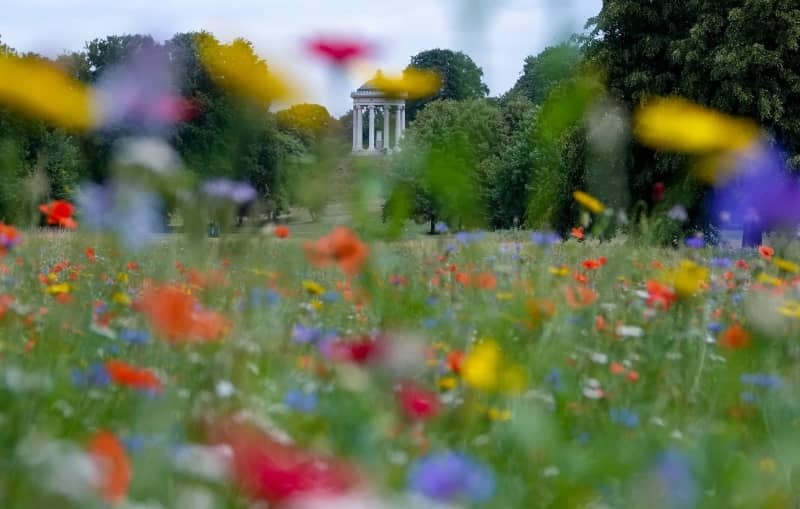Neighbours complaining about your lawn? Tell them about 'No Mow May'

- Oops!Something went wrong.Please try again later.
As the temperatures heat up, so does the growth in your garden - and the dreaded need to haul out that lawnmower to keep the grass in shape. But now, you can forget about what your neighbours might say about your unruly lawn.
"No Mow May," originally a UK movement, has spread to other countries and proponents say it will actually keep your grass greener.
Blooming flowers on the lawn attract bumblebees and butterflies as well as special species that feed off of the growth. Cut the grass and you chop off this ecosystem.
"Even before wildflowers have a chance to grow up from the lawn and blossom, their heads are cut off," says Tom Bluth, nature and species conservationist at the German Wildlife Foundation. Insects and other wild animals then lack food and habitat.
If you only mow your lawn in sections or islands starting in June, you are doing even more for species conservation. "Such flower strips create a valuable refuge for insects and birds throughout the summer," says Bluth.
Other gardeners, such as those in the US state of California, go even further. They note that lawns require an unsustainable amount of water.
The very concept of the lawn - a monocultural space meant mostly just for humans, and where insects can find little refuge - is also called into question by the Food Not Lawns campaign, which says it has been "turning yards into gardens and neighbourhoods into communities since 1999."
Gardeners don't need to start with a complete conversion, however, and the UK organization Plantlife found that the nectar available to insects on lawns increases tenfold when gardeners leave their lawns be for a month.
And after May? The idea of No Mow May is that garden owners and hobby gardeners stretch their mowing intervals in the long term. Or that they cut at least parts of the lawn only once a month.
And yet lawn mowing can still play a role in supporting insect life. It has been shown that the greatest density of flowers grows in areas that are mown once a month, as many plants react to being cut by flowering again.
The important thing to remember is to cut the lawn to a height of only about 5 cm. At this cutting height, more flowers will blossom and the lawn mower will still manage the ensuing growth without difficulty next time.
However, the grass cuttings must not be left on the lawn as mulch, as this fertilises the soil. The meadow flowers needed by insects are from a soil that is lower in nutrients.

